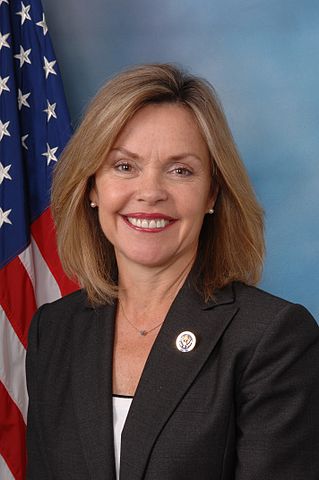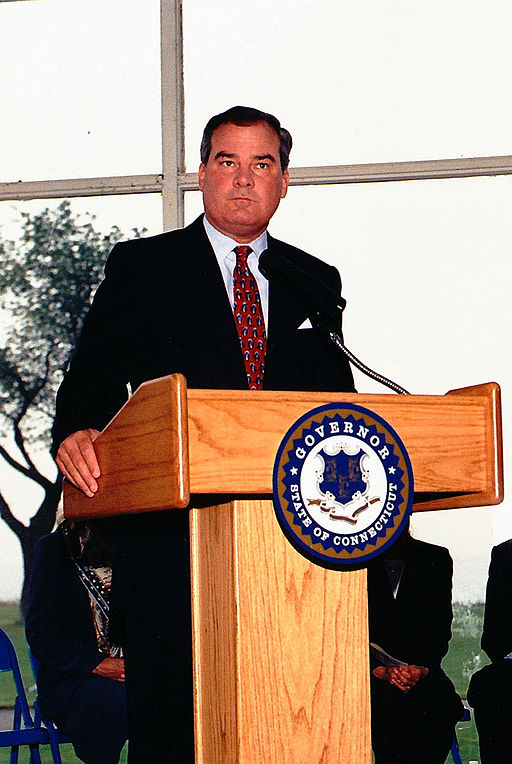Missouri’s auditor released an all-encompassing audit yesterday of Missouri’s 89 public pension systems. The auditor, Tom Schweich, said the good news was that some systems were performing much better than their peers across the nation.
But the audit also revealed 15 plans that were in the “most trouble.” From MissouriNet:
“We consider them to be a problem if their funding ratio is either below 70 percent, so it’s ten points below what’s considered reasonably safe,” says Schweich, “and anything below 95 percent of required contributions, because we think they should be funded at 100 percent … if it’s anything below 95 percent, that’s a downhill trend.”
Those 15 plans include the Missouri Department of Transportation and Highway Patrol employees’ retirement system and plans covering police and firefighters in Columbia, Joplin and Springfield, and plans covering Kansas City transportation authority and public school employees. Other plans on that list cover some employees of St. Louis County, Bridgeton and nonuniform employees of University City.
Missouri’s plans were 78 percent funded collectively, lower than the 80 percent cut-off that typically marks a “healthy” plan.
But Schewich said the audit showed many of Missouri’s pension systems to be healthier than their peers in other states. That doesn’t mean, however, that those systems are out of the woods by any stretch. From MissouriNet:
Schweich says the survey found that in funding ratio, annual contributions toward solvency, and pension costs as a percentage of payroll, “Missouri is above average but in none of these areas is Missouri safe.”
Missouri recorded a 94 percent contribution rate but the survey found 34 of Missouri’s plans didn’t receive the full contribution recommended by actuaries. The percentage of payroll costs devoted to pension plans rose between 2003 and 2012 in Missouri and nationally, but again Missouri fares better than the national average.
Schweich says the main reason some plans are below an “acceptable” fund ratio is the recession of 2008 and 2009. He says some had high investment return assumptions and some didn’t have employees contributing.
This report marks the first wide-reaching audit of Missouri’s pension systems in 30 years.
Photo by Paul Sableman








